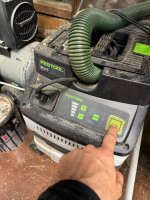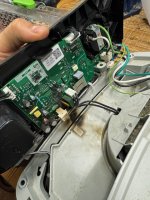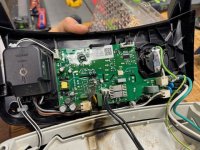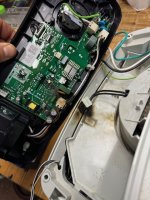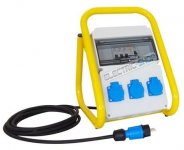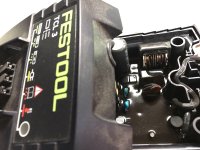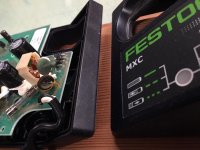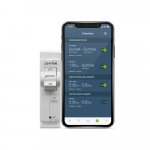ChuckS said:
All hobby woodworkers I know, including myself, work out of their garages or basements, which have been built prior to them doing woodworking, and sub-panels are naturally absent. Depending on locations and conditions, installing a sub-panel in the shop by an electrician would cost about $4,000 - $5,000 Cdn.
No need for a full-fledged fixed installation. No need to build a spaceship.
Just get a bog-standard mobile/construction site manufactured panel with a mobile input and plug it to your main mains line socket. Generaly one would want dedicated 30A/50A (US) or 400V pulled to the shop, but that is not strictly a must.
Then wire everything from that distribution box.
Advantage is that if one ever moves, all that is needed at the new place is one pulled socket. No major rebuild of the wiring.
In our community shop we had just 3 3-phase 16A@400V wall sockets. We plugged a mobile distrib box to each. On average the distrib boxes then have 10+ sockets for connection of static tools and/or further extenders.
Advantages:
- no need for rewiring (assuming initial available power is adequate) or minimal pull for one feeder with an industrial socket only
- no need to ask landlord for any approvals (this is huge, was what forced our hand initially)
- no sunken costs to improve a building one does not (necessarily) own and future occupant may not value/need the setup
- no dependent on the landlord taking care of the GFCI breakers (this is huge in practice in old building where you really do not want to bet your life on the breakers working properly)
- mobile, so can move whereever needed, easy to sell on after a re-cert
Disadvantages:
- takes some space that needs to be reserved to hang it on a wall (I do not see as a disadvantage, the central-stop needs to be easily accessible anyway and this ensures it)
Now, I am not saying that is the right approach for everyone. Just trying to show that a central-stop in a shop is nowhere near as hard as many think.
EDIT: czenglish to english ..

